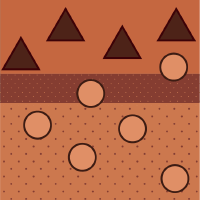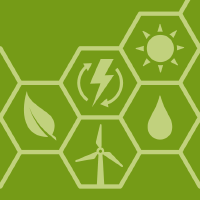Topic Menu
► Topic MenuTopic Editors

Membranes for Electrochemical Energy Conversion
Topic Information
Dear Colleagues,
Nowadays, the majority of electrochemical energy devices (e.g., fuel cells, lithium batteries, redox flow batteries, electrodialysis, and membrane capacitive deionization) employ polymeric membranes. Since polymeric membranes dramatically affect the performance and durability of the device, their role is becoming critical. Developing a low-cost, high-performance membrane to replace the commercial membrane is essential for developing advanced electrochemical energy devices. As Topic Editor of the Topic "Membranes for Electrochemical Energy Conversion", I would like to cordially invite you to submit a manuscript for consideration and possible publication to this Topic. The aim of this Topic on "Membranes for Electrochemical Energy Conversion" is to share the recent ideas and developments of novel polymer membranes applied for energy storage and generating systems, such as proton and anion exchange membrane fuel cells, water electrolysis, lithium (and other metals) batteries, and other energy storage systems. The major concerns include the synthesis and properties of polymer electrolyte membranes, the fabrication and electrochemical performance of membrane electrode assembly (MEA), and various applications in polymer membranes.
Dr. Byungchan Bae
Dr. Jang-Yong Lee
Topic Editors
Keywords
- polymer membranes
- fuel cells
- water electrolyzer
- membrane electrode assembly
- batteries
- electrochemical systems
Participating Journals
| Journal Name | Impact Factor | CiteScore | Launched Year | First Decision (median) | APC |
|---|---|---|---|---|---|

Catalysts
|
3.8 | 6.8 | 2011 | 12.9 Days | CHF 2200 |

Energies
|
3.0 | 6.2 | 2008 | 17.5 Days | CHF 2600 |

Membranes
|
3.3 | 6.1 | 2011 | 16.6 Days | CHF 2200 |

Nanoenergy Advances
|
- | - | 2021 | 25 Days | CHF 1000 |

Polymers
|
4.7 | 8.0 | 2009 | 14.5 Days | CHF 2700 |

MDPI Topics is cooperating with Preprints.org and has built a direct connection between MDPI journals and Preprints.org. Authors are encouraged to enjoy the benefits by posting a preprint at Preprints.org prior to publication:
- Immediately share your ideas ahead of publication and establish your research priority;
- Protect your idea from being stolen with this time-stamped preprint article;
- Enhance the exposure and impact of your research;
- Receive feedback from your peers in advance;
- Have it indexed in Web of Science (Preprint Citation Index), Google Scholar, Crossref, SHARE, PrePubMed, Scilit and Europe PMC.


